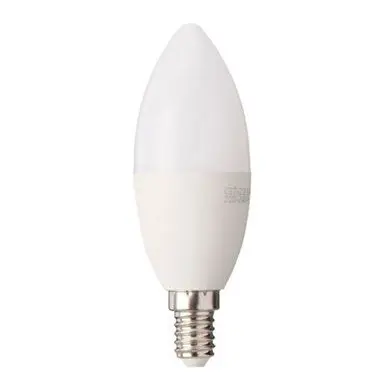If you’ve ever chosen your home’s lighting and installed one of the hundreds of different types of bulbs, then you know how overwhelming it can be to figure out which one to use. Many times we want them all to look the same, but that is not always a possibility. You need to select the correct base type, wattage, shape, and colour for your desired effect.
Let’s take a look at light bulb types. Every light bulb comes in a series, so knowing the series of your light bulb will tell you what kind it is. The table below tells you the most common sizes and the type of light bulbs they are.
Light bulbs are relatively simple devices: they’re just glass bulbs filled with a gas and an electrical element. But that doesn’t mean there aren’t a lot of different types of light bulbs out there. There are actually dozens of different kinds, each with their own advantages. Understanding the differences between them can help you choose the right type for a given situation.
Incandescent Bulbs
The first light bulbs were incandescent bulbs, and they’ve been around for over a century. Incandescent bulbs work by having an electrical current pass through a filament, which is a piece of material that gets very hot very quickly. The filament then glows and produces light. The main advantages of incandescent bulbs are their low cost and the fact that they work almost anywhere. They’re also familiar and easy to use. However, they also have a number of disadvantages. First, they use a lot of energy, which makes them expensive to use. Second, they don’t last particularly long and can break down quickly.
Fluorescent Bulbs
Fluorescent bulbs are similar to incandescent bulbs in that they use a filament but with a twist: they have an inert gas inside the bulb that helps the filament produce light. Fluorescent bulbs are very efficient, which means they use less energy and cost less money to run. They also last much longer than incandescent bulbs, which means you have to replace them less often and can save even more money. However, fluorescent bulbs have some disadvantages, too. They produce less light per watt than incandescent bulbs, so they don’t work well in areas where brightness is critical. They also have a more complicated design than incandescent bulbs and aren’t as easy to use.
LED bulbs
LED bulbs are a newer type of bulb that has grown in popularity in the last decade. They use one or more semiconductors to produce light. Unlike traditional bulbs, they don’t get hot: they use an electrical current to produce light while extracting a very small amount of energy in the process. Like fluorescent bulbs, LED bulbs are very efficient and last a long time. They also tend to be very bright and come in a wide variety of shapes, sizes, and colours. However, they’re still relatively expensive and can be difficult to replace. Another problem is that they don’t work in all settings. They’re great for outdoor lighting and in places where brightness is important, but they don’t work well in places where softer light is needed, like a living room.
Halogen Bulbs
Halogen bulbs are similar to incandescent bulbs but with a few key differences. They have a slightly different filament design and use a different kind of gas. Halogen bulbs are generally more expensive than incandescent bulbs, but they last longer, use less energy, and produce more light per watt. They also have a more consistent design, so they work better in places with frequent on and off cycles. Halogen bulbs are great for places where brightness is a priority or when frequent on and off cycles occur. They’re not as easy to use as incandescent bulbs, however, and they can be tricky to install.
OLED Bulbs
OLED bulbs are a relatively new type of bulb and are still in the process of being designed, manufactured, and tested. They work by applying an electrical current to a synthetic material (an OLED) that produces light. OLEDs produce very little heat and require very little energy to function, which means they’re incredibly efficient. OLED bulbs are bright, energy efficient, and easy to use, but they’re currently quite pricey, and the technology is still in the early stages of development. Because of this, it’s hard to predict the exact cost of OLED bulbs, but they’re likely to be much more expensive than other types of bulbs.
Summary
Incandescent bulbs are inexpensive but inefficient, while fluorescent bulbs are more expensive but efficient. LED bulbs are very efficient but expensive, while halogen bulbs are more expensive but more efficient. OLED bulbs are currently very expensive but very efficient. When it comes to choosing a light bulb, the most important thing is to figure out what you need. If brightness is critical, go with an LED or halogen bulb. If energy efficiency is key, choose a fluorescent or OLED bulb. And if cost is the most important thing, go with an incandescent bulb.








Leave a Reply